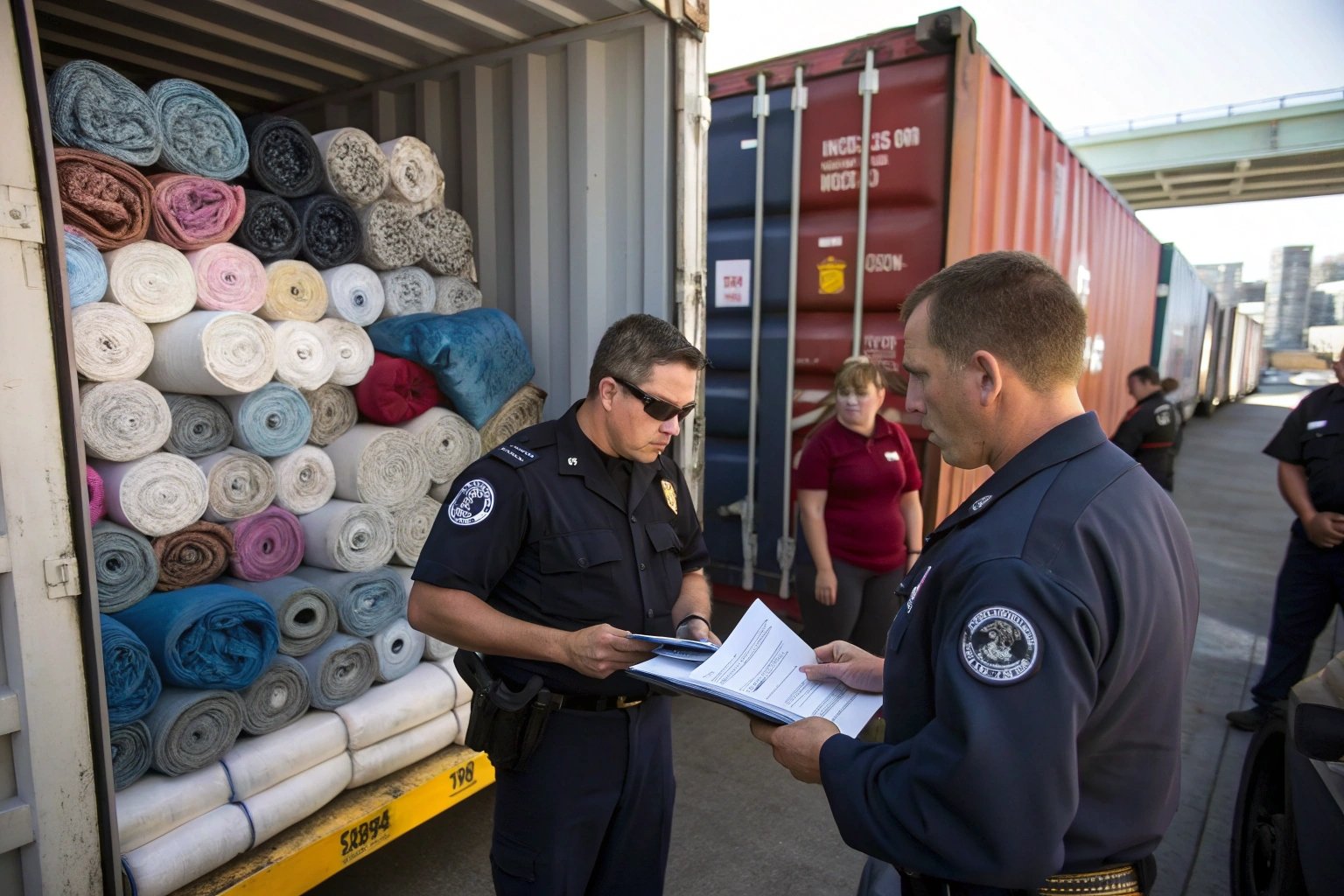Customs clearance can be a minefield for textile importers. I’ve seen brands lose entire shipments, pay unexpected duties, or face weeks of delay—all because of missing paperwork or unclear declarations. In the textile world, one wrong classification or omitted certificate can mean tens of thousands in penalties or rerouting.
To successfully clear fabric shipments through U.S. customs, you need the right documents, HS codes, compliance certificates, and a reliable freight partner. Clear planning avoids delay, detention, and unnecessary duties.
At Fumao, we help our U.S. buyers handle customs the smart way. From correctly labeling a polycotton twill to matching it with a CBP-approved classification and securing clearance under DDP or FOB terms—we’ve done it all. Here’s what you need to know.
What Documents Are Required for Fabric Imports?
Most customs issues begin with missing or inaccurate documents. U.S. CBP is strict, especially with textile shipments, due to their tariff-sensitive nature. If your papers are incomplete, expect delays or even seizure.
To clear fabrics into the U.S., importers must provide a Commercial Invoice, Packing List, Bill of Lading, HS Code, and possibly Certificates of Origin or lab tests—depending on material type.
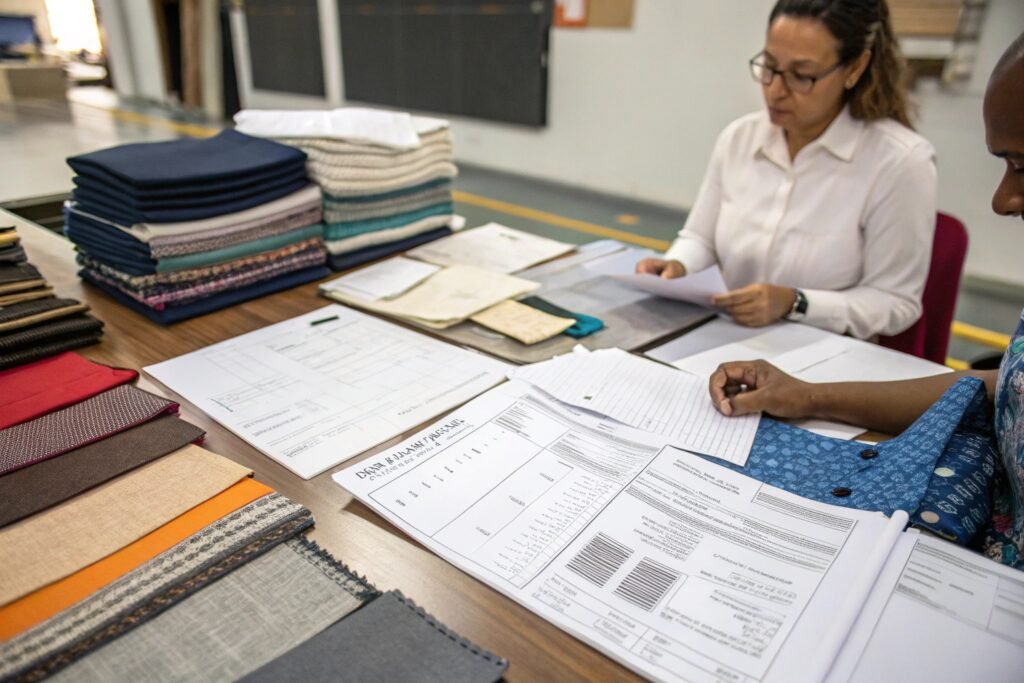
What Is the Minimum Document Set Required?
You’ll need:
- Commercial Invoice: Must list each fabric type, fiber content, composition %, price, and origin.
- Packing List: Detailed roll count, gross/net weight, and dimensions.
- Bill of Lading / AWB: Identifies shipping route and freight forwarder.
- HTS Classification: Based on U.S. Harmonized Tariff Schedule.
- Origin Certificate (GSP/FTA): If claiming tariff preference.
- Test Reports (if required): For antimicrobial, FR, or recycled fabrics.
Are Digital Documents Accepted?
Yes, but they must match physical goods precisely. Any discrepancy between invoice and actual fabric (like fiber %) will raise red flags. That’s why we use QR-tracked labels and SGS-aligned digital testing certificates for all U.S.-bound orders.
| Document Type | Purpose | Required For |
|---|---|---|
| Commercial Invoice | Declares value, product details | All shipments |
| Packing List | Confirms shipment specs | All shipments |
| Bill of Lading | Verifies shipment transit path | All shipments |
| CO / GSP Certificate | Claims tariff exemption | Eligible countries |
| Lab Testing Report | Verifies compliance (if applicable) | Performance fabrics |
How Does CBP Classify Different Textile Materials?
Customs clearance hinges on HS codes. But fabric classification isn’t always obvious. For example, is a 65/35 polycotton poplin “cotton” or “man-made fiber”? That matters—a lot—because different tariffs apply.
CBP classifies textiles based on dominant fiber content, construction method (woven/knit), finishing, and end use. Each factor changes the HTS code and tariff duty.
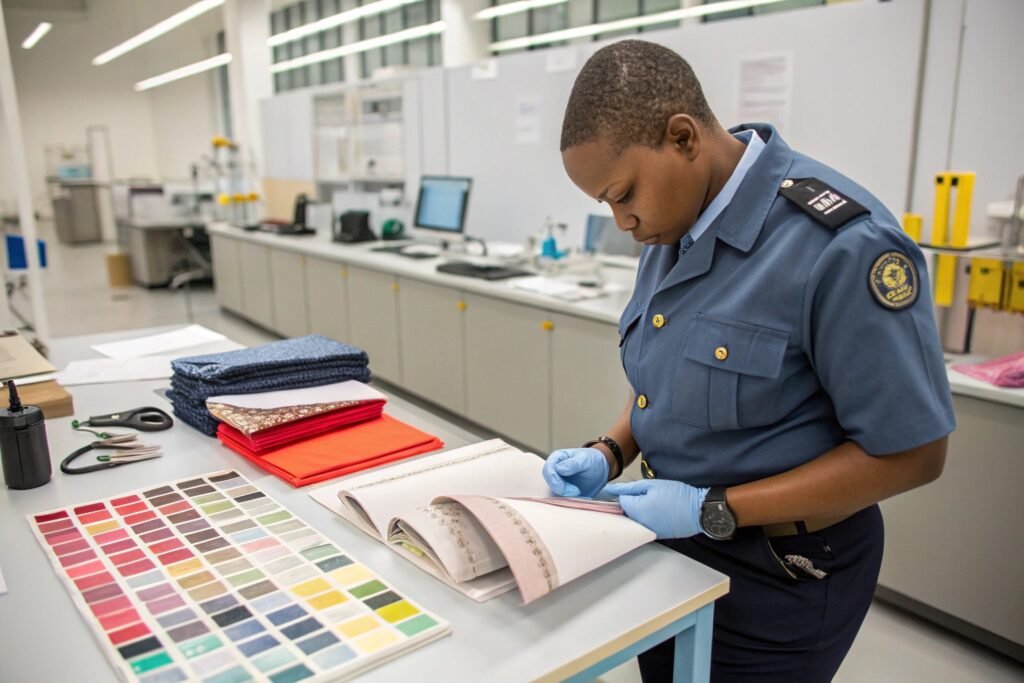
What Are the Rules for Fiber Dominance?
In the U.S., the fiber that constitutes 51% or more determines the base classification. So, a 60% polyester / 40% cotton fabric is classified under polyester (Chapter 54 or 55), not cotton (Chapter 52).
Also, surface treatments like PU coating may shift the code to technical textile categories (Chapter 59), attracting different scrutiny and duties.
What About Special Use Fabrics?
Specialized or finished fabrics like flame-retardant knits, laminated waterproofs, or reflective textiles may fall under CBP’s “technical fabrics” group. These require additional documentation—like MSDS, FR certification, or coating breakdown.
| Fabric Example | Likely CBP Classification | Typical Duty (US) |
|---|---|---|
| 100% Cotton Twill | 5209.xxxx | 8.4% |
| 65/35 Poly/Cotton Woven Poplin | 5513.xxxx | 10.5% |
| 100% Polyester Knitted Jersey | 6006.xxxx | 14% |
| PU Coated Nylon Oxford | 5903.xxxx | 17.2% |
Can You Speed Up Fabric Customs Clearance in the USA?
Yes—and speed matters. The longer a fabric shipment sits at port, the more it costs. Detention fees, warehouse charges, and even demurrage penalties add up fast.
You can speed up fabric customs clearance by using experienced customs brokers, pre-clearing shipments with digital documents, and working with suppliers who meet CBP expectations in labeling and testing.
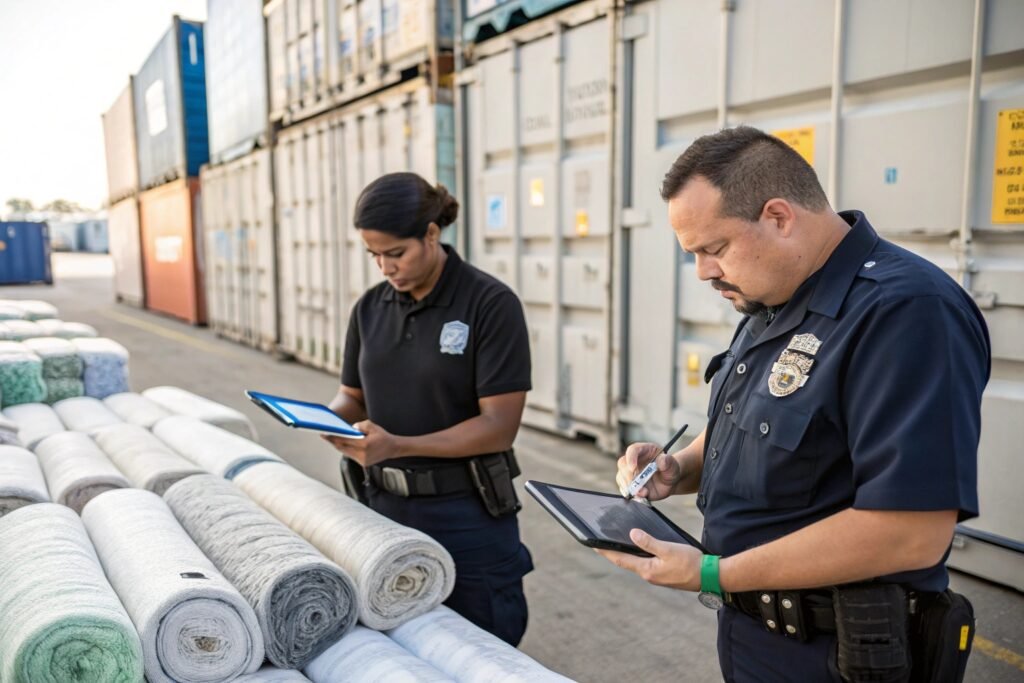
What Role Do Customs Brokers Play?
Brokers handle all interaction with CBP on your behalf. We recommend brokers familiar with textiles—because they understand the nuances of fiber blends, labeling, and special treatments. A good broker ensures HTS code accuracy, submits ISF filings on time, and resolves queries fast.
How Do We Help Buyers Clear Faster?
We pre-label every fabric roll with composition, batch number, and QR-accessible testing data. We also provide digital document packages (PDF + Excel format) for easy broker uploads. For repeat buyers, we standardize descriptions and harmonize past clearances for future ease.
| Strategy | Speed Impact |
|---|---|
| Pre-clearance with digital docs | Saves 1–2 days |
| Broker with textile experience | Avoids HTS code errors |
| QR-labeled fabric batches | Accelerates inspection |
| Repeat shipment standardization | Speeds classification |
What Are Common Mistakes in Fabric Import Declarations?
Most delays and fines happen for the same reasons—and they’re avoidable. I’ve helped dozens of new buyers fix these mistakes after their first shipment went wrong. Avoid learning the hard way.
Common mistakes include incorrect HS codes, inconsistent fiber content reporting, undeclared coatings, misused GSP forms, and undervalued invoices—each triggering CBP red flags or penalties.
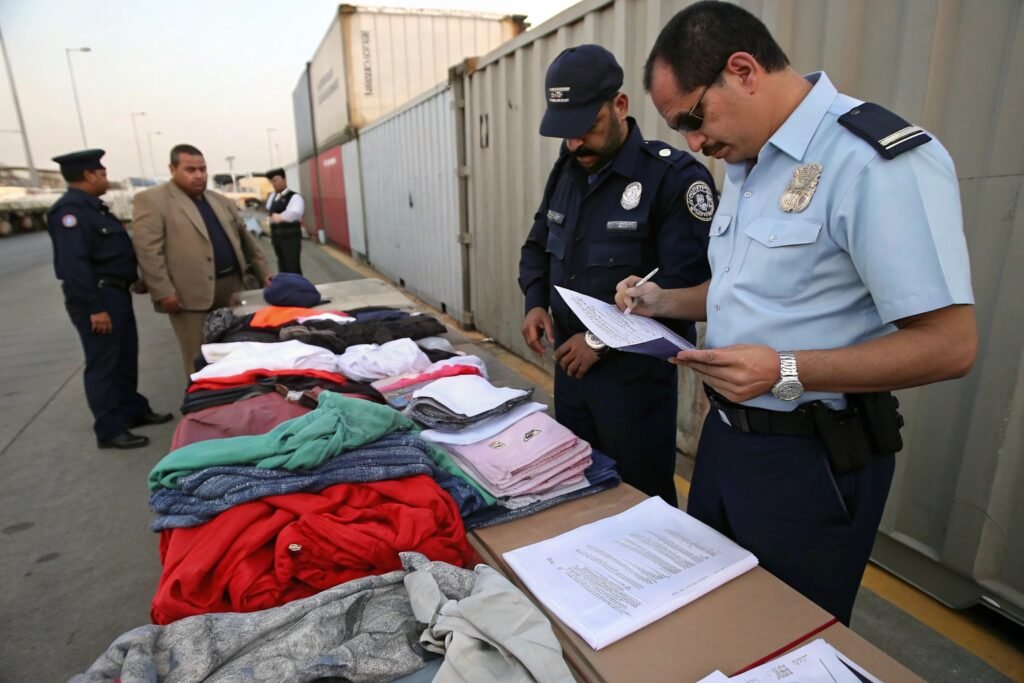
What Are the Top Errors to Avoid?
- Declaring 100% polyester when it's 98% with 2% spandex—this is noncompliance.
- Listing fabric as “cotton” when polyester dominates.
- Forgetting to list PU or PVC coatings.
- Using origin certificates incorrectly (wrong country, expired form).
- Under-declaring price to avoid duties.
How Can We Help Prevent These?
Every fabric we ship comes with a full declaration sheet showing test results, weight, GSM, and finish details. Our QC team ensures this matches what’s printed on the invoice and packing list. That means our U.S. buyers rarely face post-entry audits.
| Mistake Type | Resulting Problem |
|---|---|
| Wrong HS Code | Overpay or underpay duty |
| False Fiber Declaration | Seizure or fines |
| Missing Coating Details | Misclassification |
| GSP Misuse | Duty denial or penalty |
| Price Manipulation | Detention or investigation |
Conclusion
Navigating U.S. customs isn’t just about paperwork—it’s about precision. When importing fabric, every detail matters—from your fiber declaration to your HS code to the quality of your packing list. At Fumao Fabric, we treat every roll of fabric like a passport item. We work closely with customs brokers and freight partners to pre-clear documentation, label accurately, and match CBP’s evolving rules. If you want to import with confidence, you need a fabric supplier who knows how to navigate the system with you—not against you.

